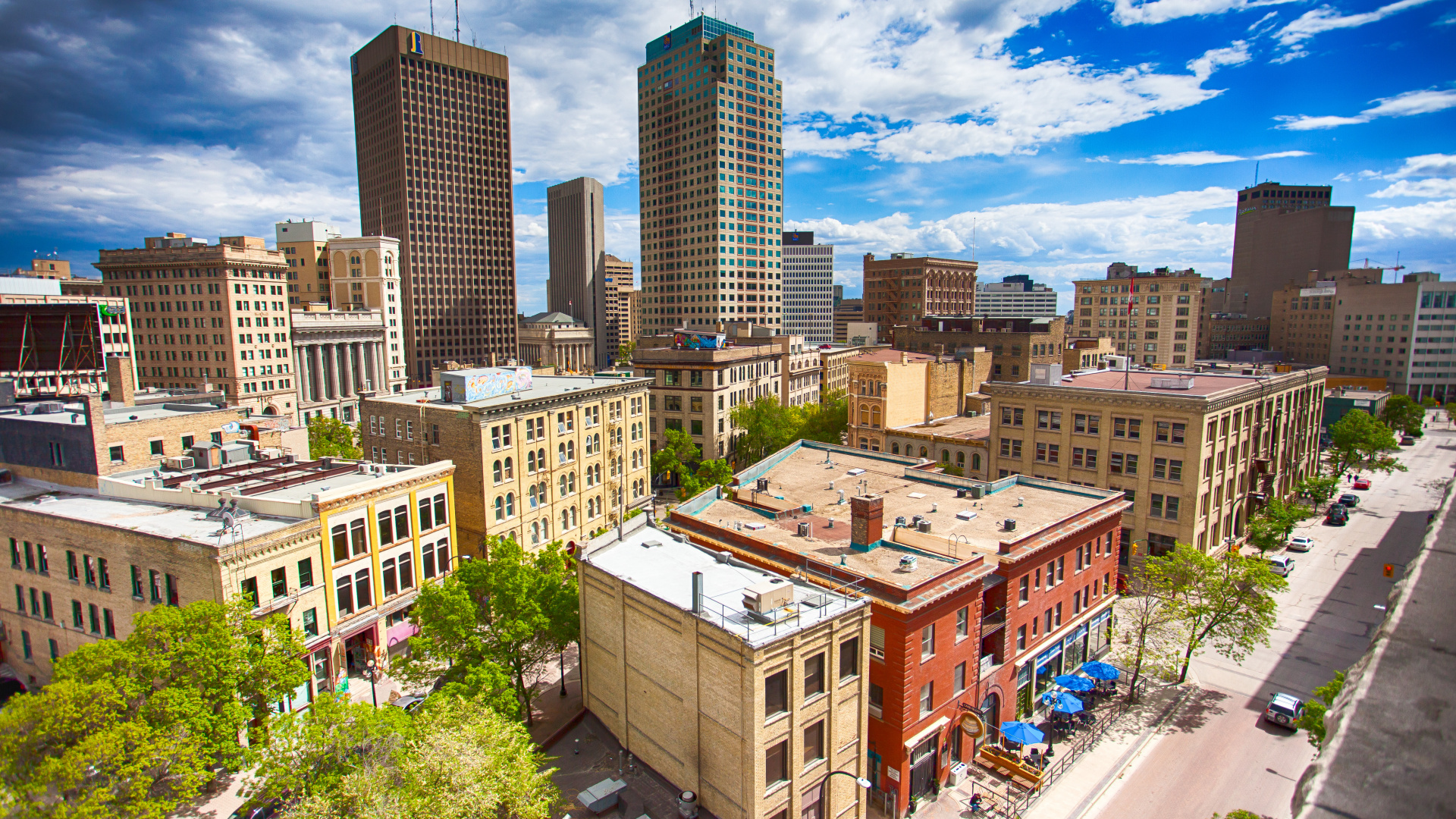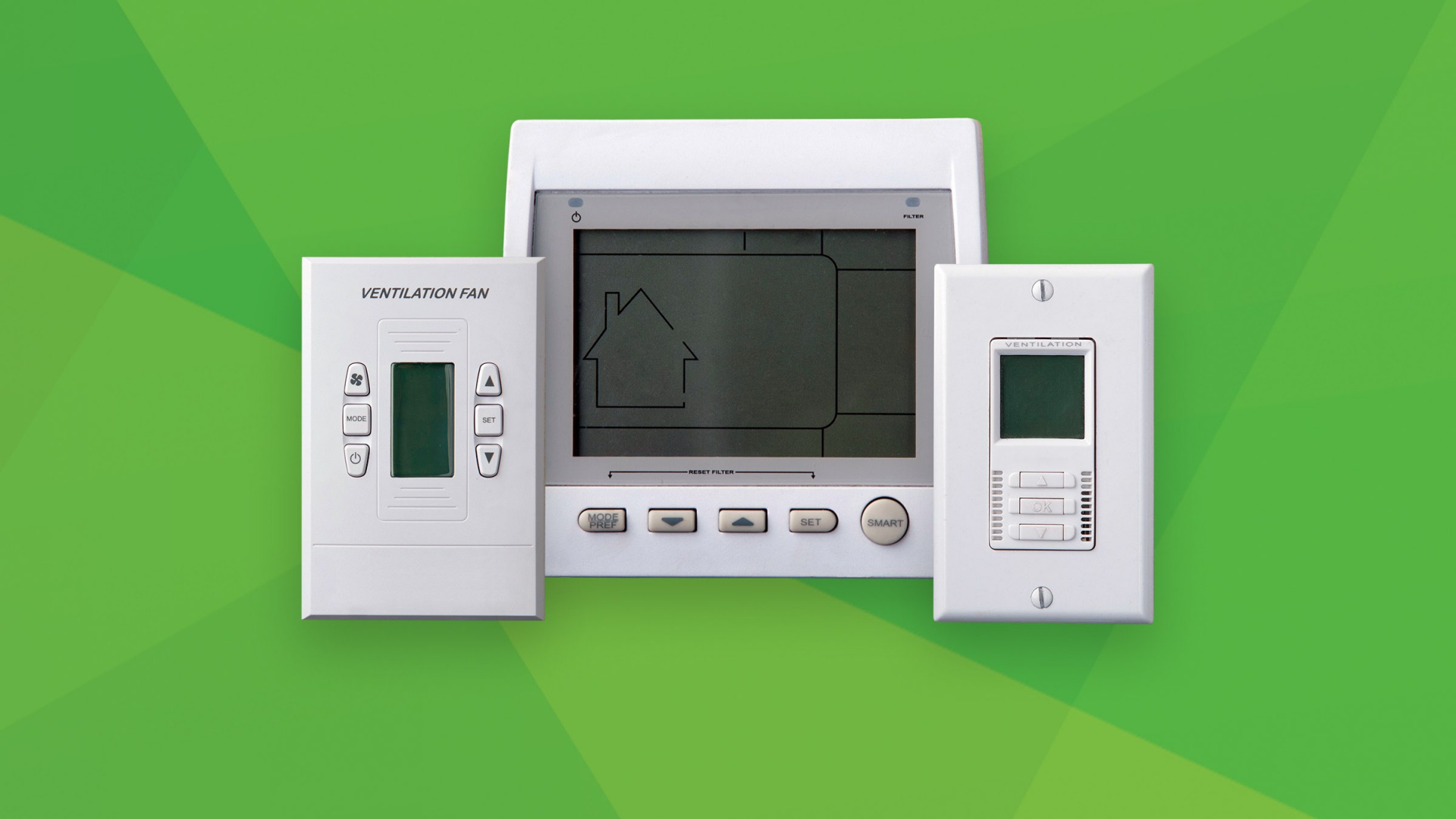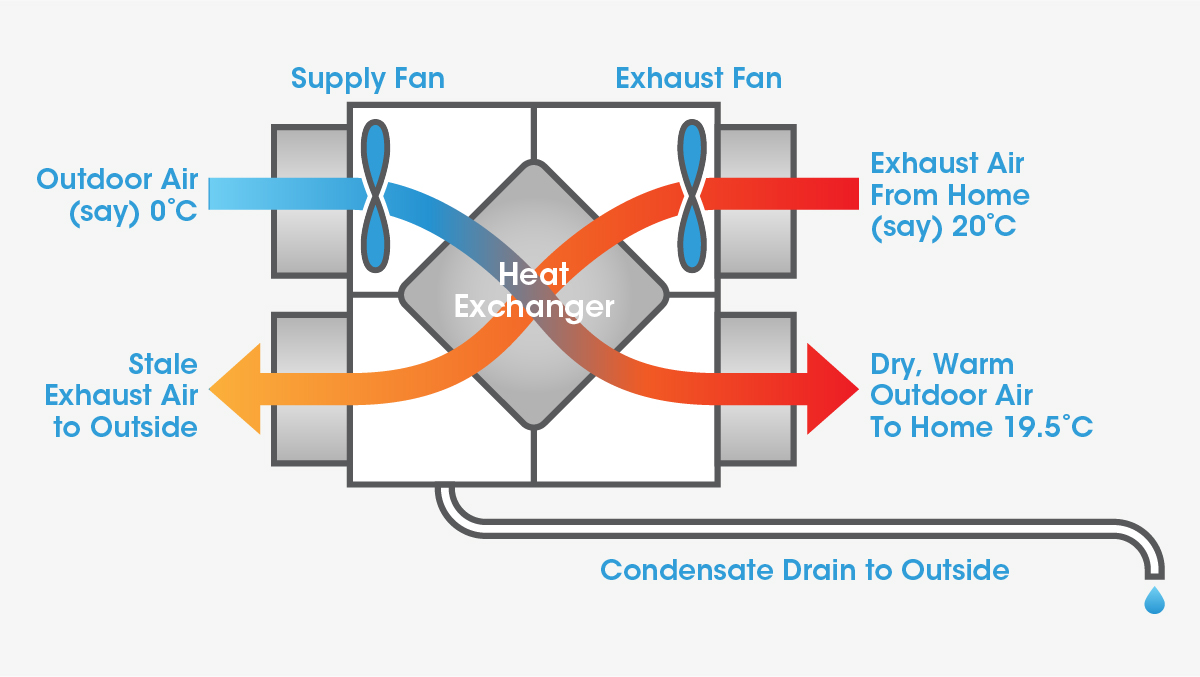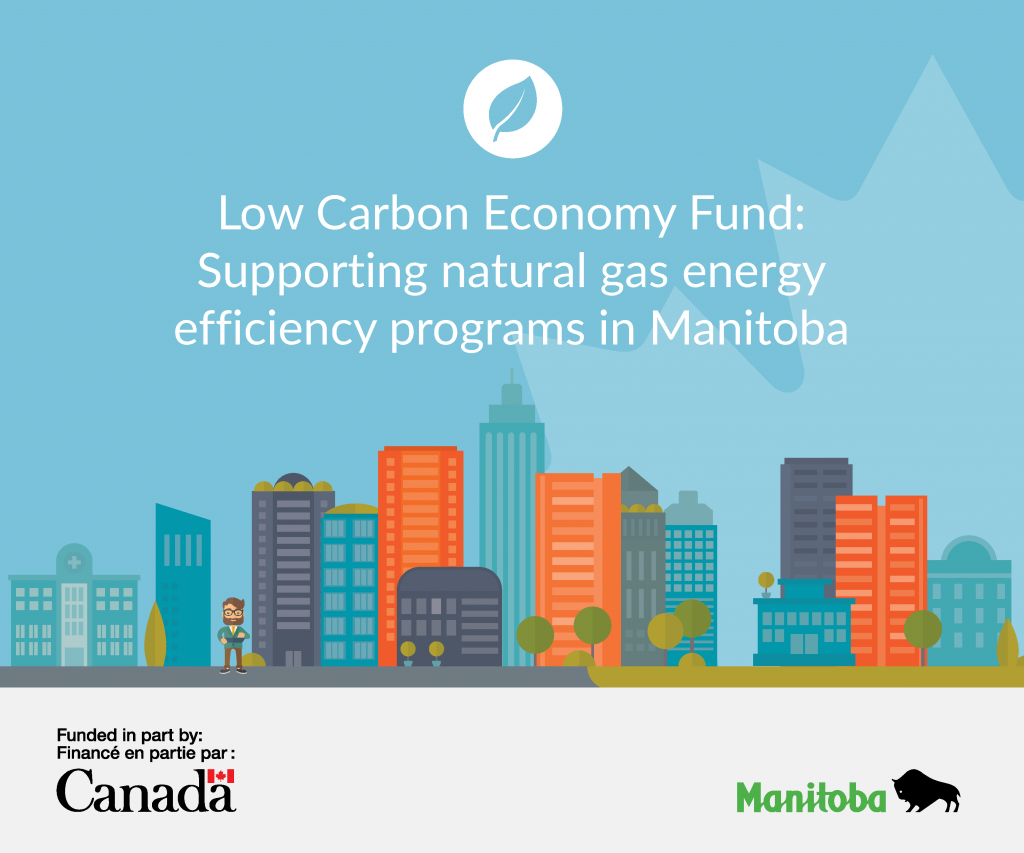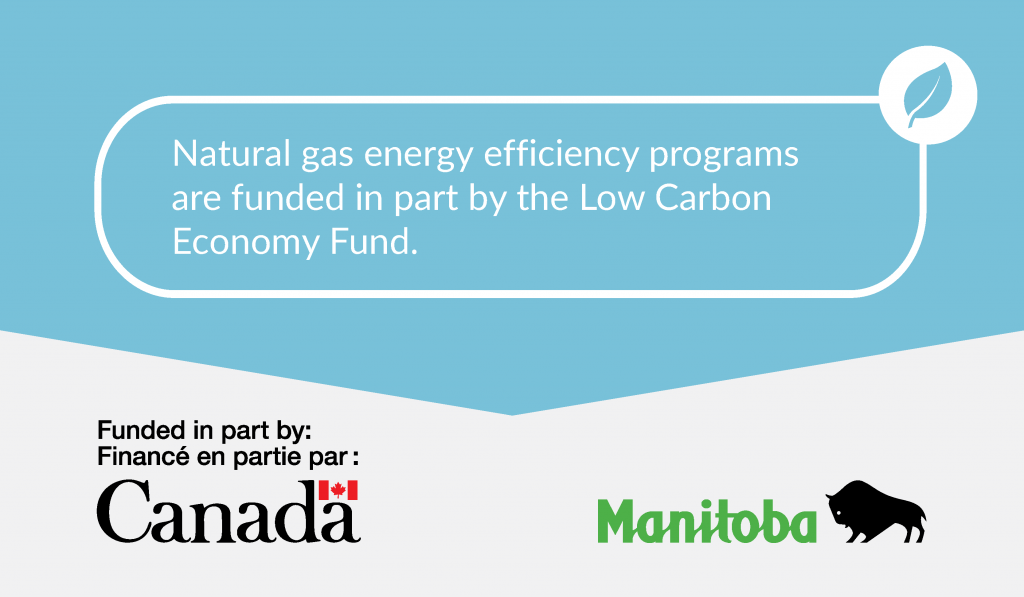Pool owners in Manitoba are choosing to upgrade their single-speed pool pump to a variable-speed model. Variable-speed pool pumps are quieter, more efficient, and have a longer life span. That means you won’t need to replace it as frequently and will benefit from the energy savings.
Program your variable-speed pool pump to save energy and maximize its potential. Keep reading for some programming and maintenance tips.
HOW IT WORKS
A pool pump uses a motor to push water and chemicals through the filter and heater to keep a constant circulation of fresh, warm, and clean water in your pool. A single-speed pump does exactly what the name states: moves the water through the pool at a single high speed. A variable-speed pump improves on this by allowing you to schedule when the pool pump turns on and the speed at which the water is circulating. In practice, this lets you switch the pool pump to a lower setting. You save energy because the pump isn’t working as hard when it doesn’t need to be.
The average life span of a single-speed pump is about five to seven years. Because variable-speed pumps don’t work constantly, they last longer and also require less maintenance. They also filter the water slower while on a lower setting, which provides you with more effective filtration.
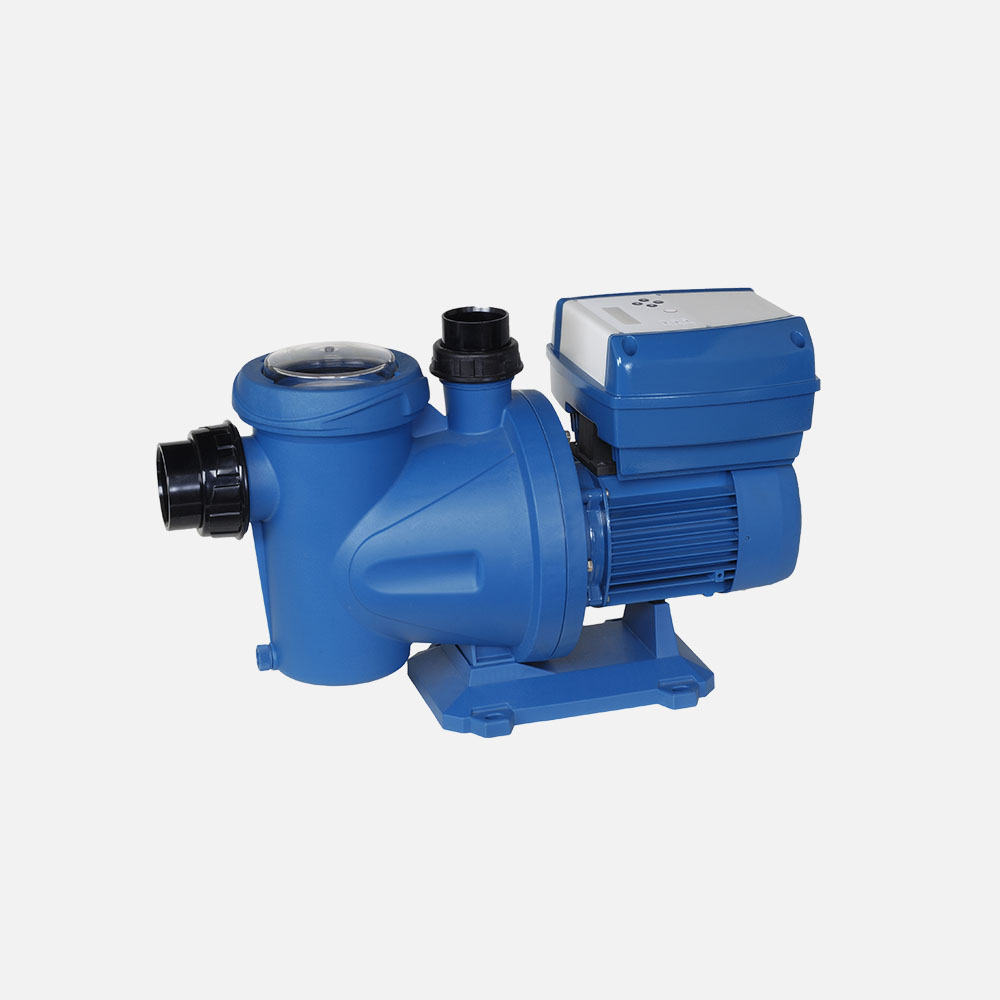
POOL PUMP MAINTENANCE
To keep your pool pump working efficiently, you’ll have to do some regular maintenance:
- Clean the debris out of your pool. Dirt, leaves, and bugs can get stuck in your pool’s plumbing, making your pool pump work harder to move the same amount of water. Pool vacuums and skimmers make cleaning a lot easier, and covering your pool when it isn’t being used will keep debris out.
- Clean your filters regularly. Because pumps move water through the filtration system of your pool, a clean filter allows your pool pump to work more efficiently.
- Follow the manufacturer’s guide for preventative maintenance, such as backwashing to make sure your pump is clear of dirt and debris.
SAVING MONEY WITH AN ENERGY STAR® CERTIFIED VARIABLE-SPEED POOL PUMP
Properly programmed ENERGY STAR certified variable-speed pool pumps use at least 60% less energy than single-speed models. This translates to annual savings of up to $300.
If you’re not using your pool during the day, you can program your pool pump to be on a lower setting for that duration. It will still filter and circulate the water just like a single-speed pump would, but much more efficiently. Read our programming guide for more information.





